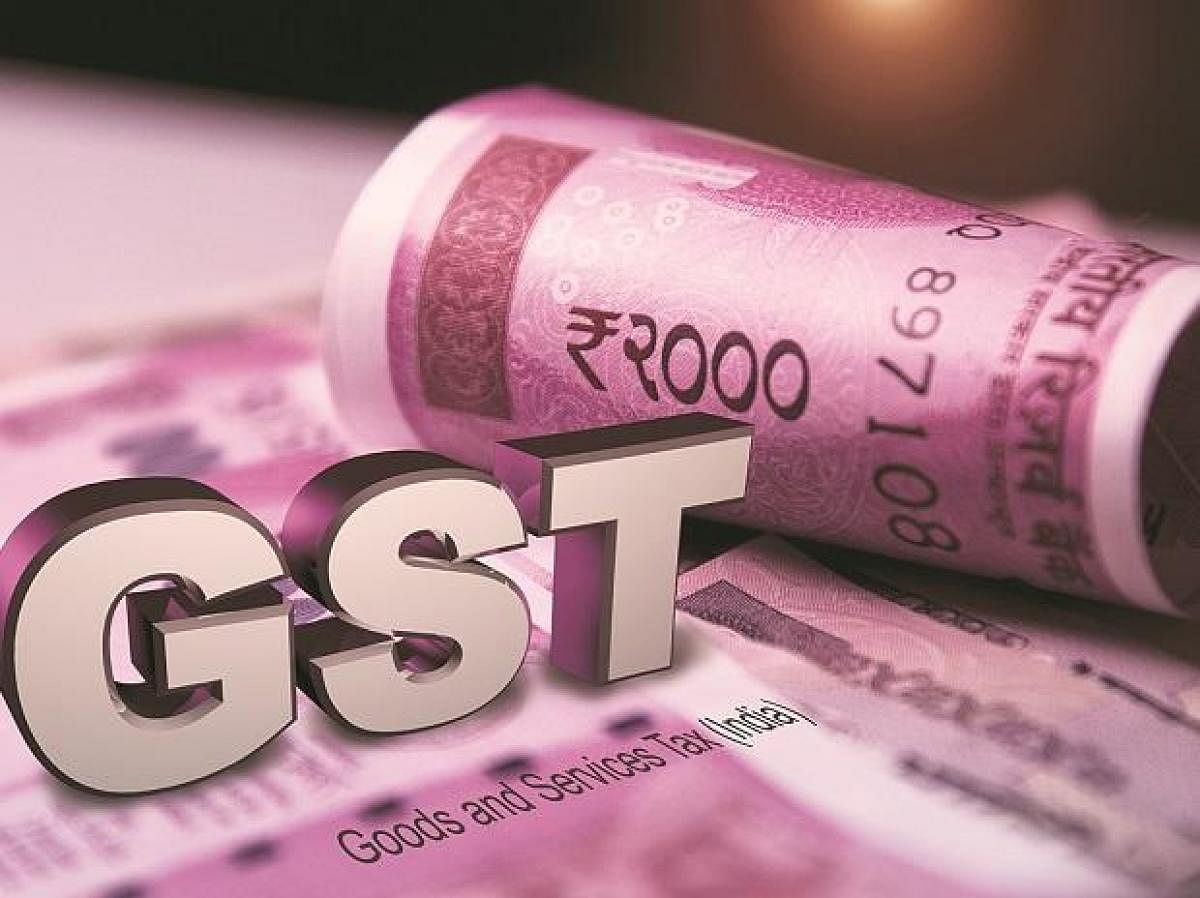
The recently held 31st GST Council Meet has concluded that a new return filing system under GST would be implemented for taxpayers. The current GST return filing will shift from GSTR-1 and GSTR-3B to a new single return RET-1/2/3 with an auto-filled ANX-1 (for tax liability) and ANX-2 (for Input Tax Credit). The new GST return filing mechanism will be focussed on allowing input tax credit based on the actual invoices uploaded by the supplier.
New GST Returns will apply to all GST-registered taxpayers except non-resident registered persons, composition dealers, input service distributors, individuals who are liable to collect tax (TCS) and TDS deductors.
How to Prepare for the Transition to the New GST Returns
1. Identify the ‘Profile Type’
If turnover is more than Rs 5 crore, a taxpayer will need to file the return (Normal Monthly) and make the tax payment on a monthly basis.
If turnover is less than or equal to Rs 5 crore, a taxpayer will have the following three options to choose from:
Normal Quarterly: Return filing frequency will be on a quarterly basis. Tax payment needs to be done on a monthly basis. Applicable to any type of sales.
Sahaj: Return filing frequency will be on a quarterly basis. Tax payment needs to be done on a monthly basis. Applicable only to B2C suppliers.
Sugam: Return filing frequency will be on a quarterly basis. Tax payment needs to be done on a monthly basis. Applicable to B2B or B2C suppliers
2. Switching between return types
A taxpayer can switch only once in a financial year from Quarterly (Normal) to Sahaj or Sugam. The switch has to be initiated at the beginning of any quarter.
A taxpayer can switch only once in a financial year from Sugam to Sahaj. The switch has to be initiated at the beginning of any quarter. A taxpayer can switch more than once in a financial year from Sahaj to Quarterly (Normal) or Sugam.
The change has to be initiated at the beginning of any quarter. A taxpayer can switch more than once in a financial year from Sugam to Quarterly (Normal). The change has to be initiated at the beginning of any quarter.
3. Claim provisional ITC
A taxpayer who opts to file returns on a monthly or a quarterly (GST RET-1) basis would qualify to claim provisional Input Tax Credit (ITC) on missing invoices. However, the credit of missing invoices will not be applicable to a taxpayer who opts to file Sahaj (GST RET-2) or Sugam (GST RET-3).
4. Necessary actions on invoices
A taxpayer will need to accept, reject, or keep the supplier invoices as pending as necessary. A taxpayer has to take appropriate actions on the invoices uploaded to claim ITC between 11th and 20th of the month.
5. Modify ERP systems
The existing Enterprise Resource Planning (ERP) Systems will need to be modified in order to comply with the new GST returns. A few modifications include (not limited to): Bifurcation of capital goods and input services, Details related to Bill of Entry has to be included, Bifurcation of eligible and ineligible purchases and a single debit/credit note has to be linked with multiple invoices of a vendor.
6. Know other key changes A taxpayer will need an HSN code for submitting details at a document level versus an individual HSN summary.
B2B supplies which are accountable for reverse charge mechanism (RCM) need not be shown in the GST ANX-1 by the supplier. Nevertheless, the aggregate figure has to be shown in GST RET-1. The recipient of supplies has to declare the inward supplies which are liable for RCM in GST ANX-1.
7. File a ‘Nil Return’
If a taxpayer is liable for a monthly return filing but hasn’t made any purchases or has no output tax liability and ITC to avail in any quarter, he or she will have to file one Nil return for the entire quarter versus monthly returns. The taxpayer needs to report Nil transactions through an SMS in the first and second month of the quarter.
Taxpayers must apprise themselves of the new return filing process so that they can prepare themselves accordingly.
(The writer is Founder and CEO - ClearTax)